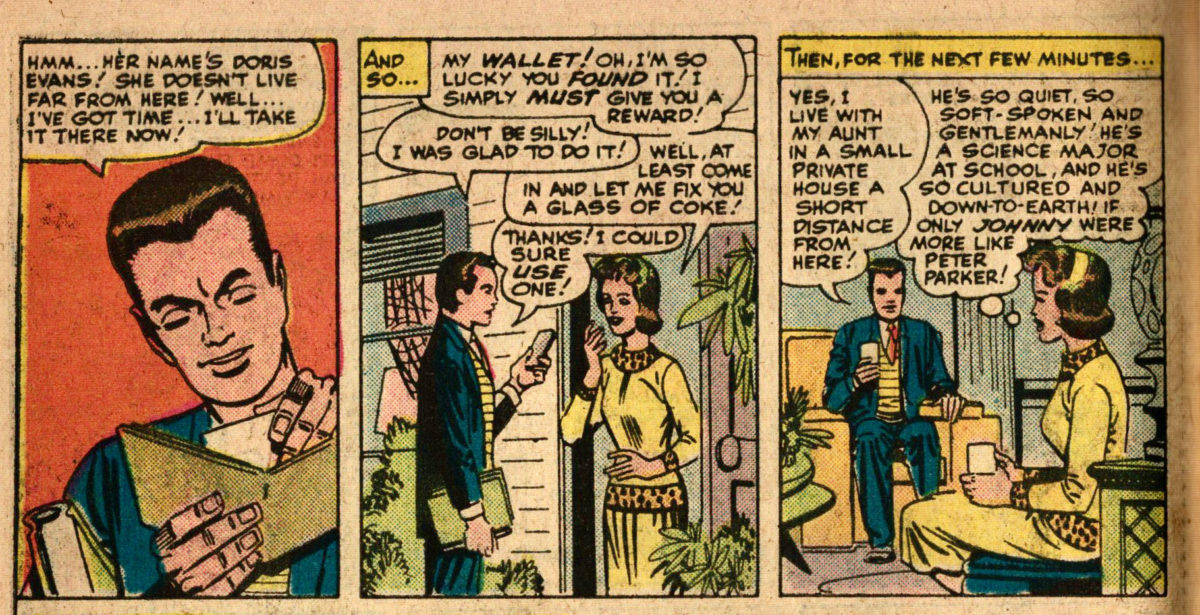Featuring: Iron Man
Release: May 10, 1966
Cover: August 1966
12 cents
Stan Lee, Sovereign of Script
Gene Colan, Prince of Pencilling
Gary Michaels, Imperator of Inking
Artie Simek, Lord of Lettering
12 pages
| Previous | #569 | Next |
|---|---|---|
| Tales of Suspense #79, Story B | Reading order | Tales of Suspense #80, Story B |
| Tales of Suspense #79, Story B | Tales of Suspense | Tales of Suspense #80, Story B |
At last! I’m at the peak of my power! This is the moment that makes all the agony of the past more than worthwhile! This is the supreme sensation which no other living being can ever experience– the feeling which none can ever fully comprehend– the triumphant moment when the strength of a thousand transistors flows thru me and I stand once more ready for battle– as the invincible Iron Man!

Namor attacks Iron Man. Superheroes do that when the meet, generally. And Namor has always walked that superhero/supervillain line.
Superhero brawls are a well-established trope by this point. A one-on-one battle between Namor and Iron Man was due. Of course they’ve fought before, but then Iron Man had all the Avengers on his side. And Namor still held them at bay.
The battle will exploit their respective weaknesses. They both need the occasional charge. Iron Man needs to plug in. Namor needs water.






























